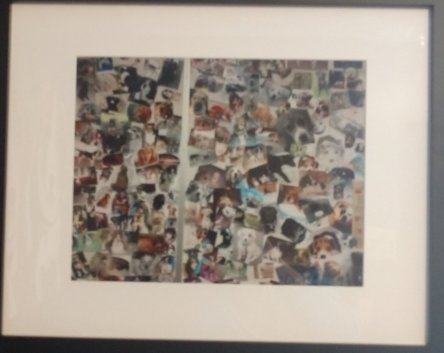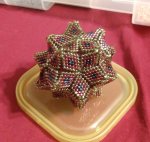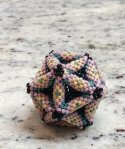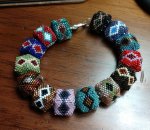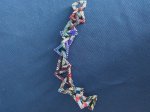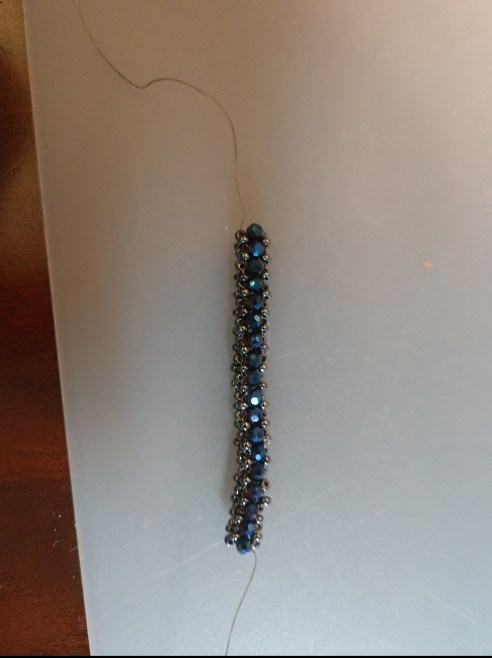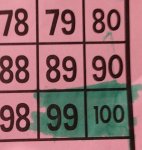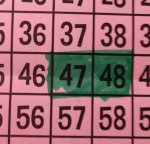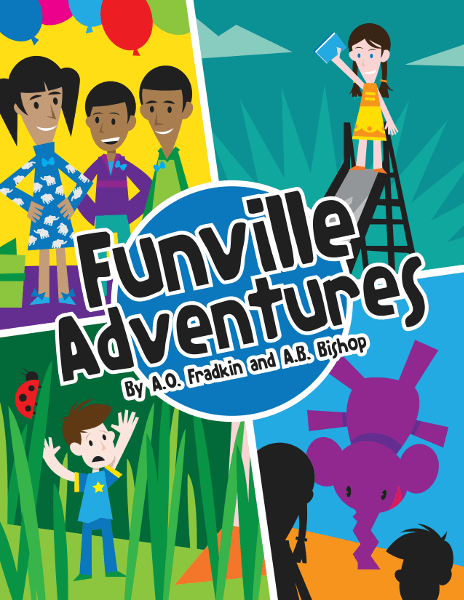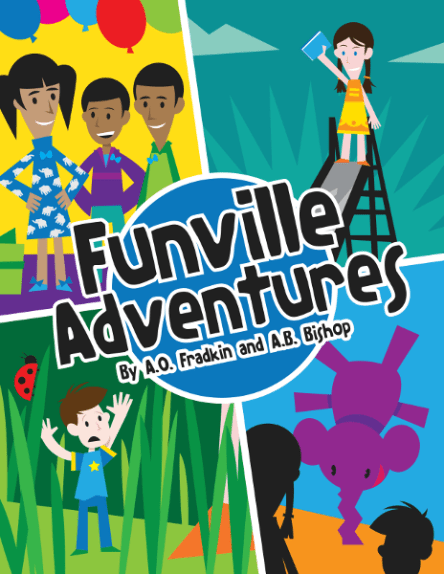When I was growing up, I really wanted to be able to do art. My mom was incredibly crafty, and my younger brother seemed to follow in her footsteps. My brother filled canvases and sketchbooks, painted on the walls and even designed some of his own tattoos. He studied art in college and went on to pursue a career that relied on his artistic eye. My brother was an artist.
I wanted so much to be artistic. I’ve always been creative, no doubt. But I wanted to be one of those people that could carry around a sketchbook and draw when the mood struck. I wanted to be able to decorate my walls with my own creations. As I got older, I seemed to accept that my brother got the “art” gene and I, well, did not. Not that I wasn’t good at things. But art was a real, tangible skill that seemed to extend beyond formal schooling. Being good at math just doesn’t seem to have the same inviting ring to it. “Hey! I still know how to factor a polynomial. Wanna see!?” Nope, not a party trick that gets much of an audience.
Math teachers will tell their students that Math is Beautiful.
Yes, math is beautiful and if you do the whole worksheet, you’ll get the answer to the riddle at the bottom!
Geometry is beautiful, here’s a bunch of two-column proofs to prove it.
To me, math wasn’t particularly beautiful. Art was beautiful. I thought math was cool, and I liked teaching it. But “math is beautiful” was just another lie that teachers use to get them to buy into the quadratic formula ever being useful beyond the 11th grade. The covers of textbooks perpetuate this lie. That pretty peacock blowing rainbow bubbles on the front seems to say “Open me! I’m full of color and beauty and wonder!” Then sadly, the pages beneath just reinforce the ongoing myth that math is about rules, procedures, and memorization.

Somewhere in the midst of being a high school math teacher, wishing I could do “art,” and not being particularly convinced that math was beautiful, someone handed me a compass and a straight edge. Yes, a compass – one of those rusty metal contraptions with a point on one end and a pencil on the other. I drew a circle. And then another. And another. Then I drew strategic lines connecting parts of those circles. And I colored in pieces that I wanted to highlight. And I kept drawing circles and lines. And kept coloring. I dove head-first down the internet rabbit hole of geometric art. Soon, I was beginning to believe two important things: 1. Math was actually quite beautiful. 2. I was, in fact, artistic.
At the age of 33, I went to the art store and confidently bought myself a sketchbook. I filled it from cover to cover with math-inspired art. I bought drawing pencils, artist markers, and one of those shading tools that looks like, well, nevermind. I bought art stuff. Lots of art stuff. I bought big, giant water color paper. And I put my art in a frame and hung it on the wall.

Earlier in life, it wasn’t that my brother was the artistic one and I was the analytic one. It was that at a young age, we were inspired by different things. My definition of “art” was freehand drawing, something my brother enjoyed and excelled at. Because my narrow definition didn’t include mathematical design, I believed that I just wasn’t an artist.
The same is true of mathematics. In school, we are led to believe in this narrow definition of math based on state standards and aptitude tests. We are taught a math hierarchy that starts with counting, continues with multiplication facts, leads into algebra and ends with math’s high priestess: Calculus. In reality, there are many complex, high-level areas of mathematics that don’t have anything to do with calculus. We are also led to believe that some people can do math and others simply cannot. Our experience in K-12 mathematics cements these beliefs and we’ll go through life believing we simply are incapable of being good at this thing that we wish we could do better.
My daughter is entering the 2nd grade this school year. Over the last 8 years, I’ve worked very hard at widening her definition of math, fearful that a future classroom experience is going to snap that door shut. I’m very grateful that this year I will be working with future elementary teachers so that I can help not only expand their definition of mathematics, but also help them believe that they are brilliant mathematicians. It’s been a while since I’ve been in front of a classroom, but I’m inspired, and excited and I’m more ready than ever. It’s time again, to change the world.







